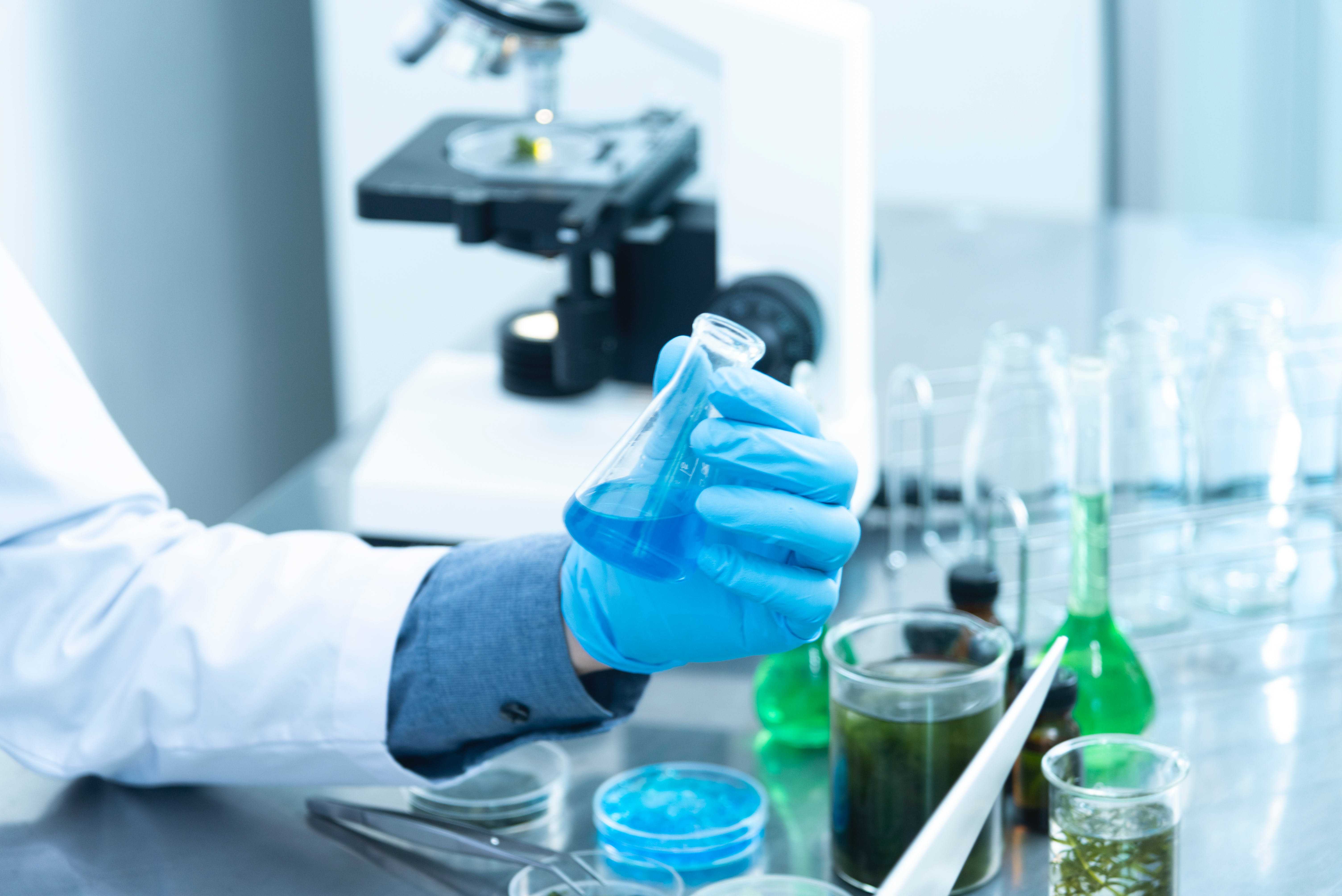
@ShahidNShah


In today’s fast-paced healthcare sector, the efficiency of laboratories is paramount—not just for the sake of speed but for the accuracy and reliability of test results as well. Improving the operational efficiency of a lab is complex, involving a myriad of factors from technology integration to staff training. However, at the core of this challenge is the strategic management of facility services in labs and healthcare buildings, which plays a vital role in not only maintaining but enhancing laboratory operations.
To begin with, the physical layout of a laboratory can significantly impact workflow efficiency. Consideration of the lab’s layout, including the placement of equipment and the flow of personnel, can reduce unnecessary movement, saving time and reducing the potential for errors. Moreover, creating flexible lab spaces that can be easily reconfigured can adapt to the evolving needs of healthcare, ensuring that the facility can handle changes in demand or technological advances without major disruptions.
In addition to the strategic placement of equipment and personnel, laboratories are increasingly incorporating ergonomic furniture and tools to streamline workflow. By customizing workstations to the tasks at hand and considering the ease of movement for technicians, labs can significantly reduce fatigue and the risk of injury. This holistic approach to space design takes into account both the efficiency of processes and the physical well-being of staff, ultimately leading to a more productive and engaged workforce.
Another crucial area of focus is the lab’s energy and resource management. Labs are typically resource-intensive, consuming vast amounts of energy and water. Implementing green practices, such as energy-efficient lighting and equipment, not only reduces the environmental footprint but also leads to cost savings. Techniques like rainwater harvesting and the implementation of strict waste management protocols further bolster a lab’s sustainability efforts, ensuring resources are used responsibly and efficiently.
Beyond the immediate cost and environmental benefits of energy and resource management, sustainable practices can have far-reaching impact on a lab’s public perception and funding opportunities. Facilities that can demonstrate a commitment to sustainability may have a competitive edge in attracting grants and partnerships. They also serve as role models in the healthcare sector, showcasing how operational efficiency and environmental stewardship can go hand in hand.
The integration of cutting-edge technology is also instrumental in optimizing lab efficiency. From advanced laboratory information management systems (LIMS) that streamline data management to automation technologies that handle repetitive tasks, technology can significantly reduce manual labor and minimize errors. Furthermore, leveraging the Internet of Things (IoT) for equipment monitoring and predictive maintenance can help avoid unexpected downtime, ensuring the lab operates smoothly at all times.
The potential of artificial intelligence (AI) and machine learning in optimizing lab efficiency is also being realized. These technologies can analyze vast datasets to identify patterns and suggest process improvements, leading to smarter workload allocation and predictive analytics for inventory management. As laboratories continuously seek to enhance accuracy and turnaround times, the adoption of AI can play a significant role in driving innovation and excellence in healthcare diagnostics.
An often-overlooked yet essential component of efficient and safe laboratory operations is the proper handling and disposal of medical waste. Laboratories routinely generate hazardous materials, including contaminated sharps, biological samples, and chemical reagents, all of which require careful segregation, storage, and disposal.
In countries with strict regulatory frameworks—such as medical waste disposal in Canada—adherence to national and provincial guidelines is critical. These regulations not only ensure public and environmental safety but also protect healthcare staff from exposure to infectious or harmful substances. Implementing clear internal protocols for waste classification and handling helps avoid cross-contamination and minimizes the risk of compliance violations. Partnering with certified disposal services further guarantees that all medical waste is treated, transported, and eliminated according to legal and ethical standards.
Incorporating waste management into overall facility planning also plays a role in boosting lab efficiency. With designated disposal zones, labeled containers, and routine collection schedules, laboratories can maintain cleaner, safer work environments and prevent the buildup of potentially hazardous materials.
Lastly, maintaining a stringent focus on safety and compliance is critical. Regular audits, safety training, and adherence to global health and safety standards safeguard against potential hazards, ensuring the well-being of staff and the integrity of test results. Continuous education on safety practices and the proper management of hazardous materials not only comply with regulations but foster a culture of safety and responsibility within the laboratory.
Ultimately, optimizing the efficiency of a healthcare laboratory is a multifaceted endeavor that requires a comprehensive approach to facility management. By focusing on effective space design, sustainable resource management, technological integration, and safety compliance, labs can improve not only their operational efficiency but also their contribution to healthcare outcomes.

Whether your background is tech-savvy, medically inclined, or somewhere in between, here is some straightforward advice to help you navigate your journey.Read on medicalfuturist.com
Posted Feb 14, 2024 Career and Jobs Digital Health Artificial Intelligence
Connecting innovation decision makers to authoritative information, institutions, people and insights.
Medigy accurately delivers healthcare and technology information, news and insight from around the world.
Medigy surfaces the world's best crowdsourced health tech offerings with social interactions and peer reviews.
© 2025 Netspective Foundation, Inc. All Rights Reserved.
Built on Jul 14, 2025 at 2:07pm